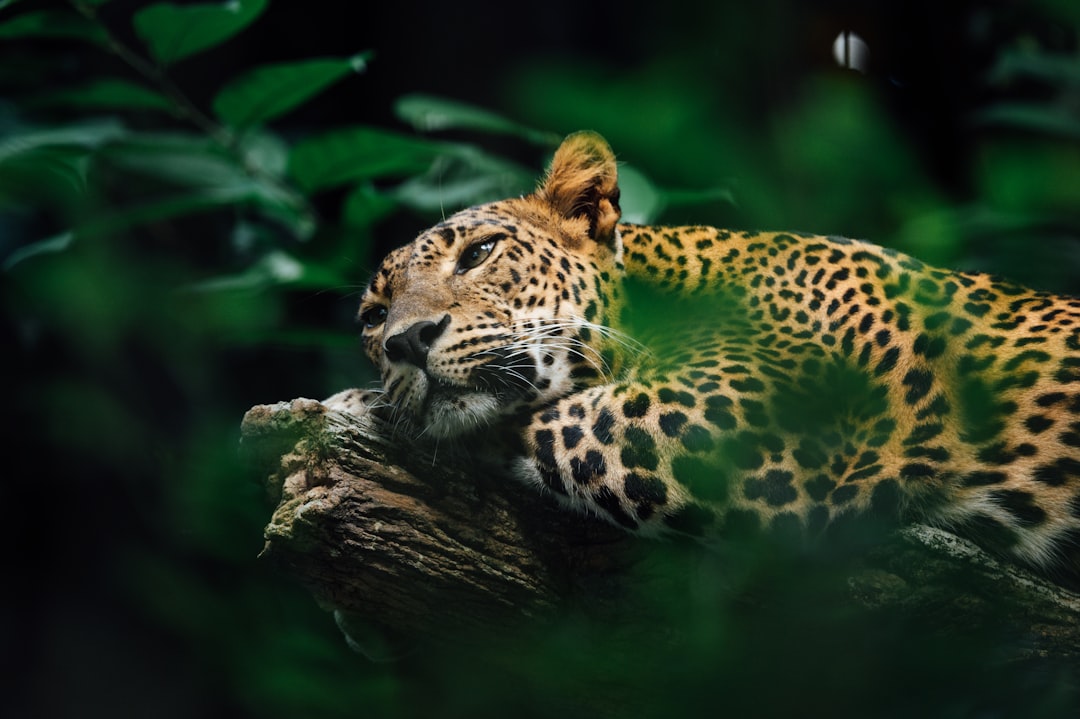Have you ever wondered why jaguars, the majestic big cats that prowl the South American jungles, are adorned with striking spots? These beautifully patterned creatures have captivated our imagination for centuries, but the reason behind their distinctive markings remains a topic of fascination and intrigue. Let’s delve deep into the world of jaguars and unravel the secrets behind their spots.
The Evolutionary Advantage of Spots
Jaguars’ spots serve a crucial purpose in their natural habitat, acting as a form of camouflage to help them blend seamlessly into the dappled sunlight and shadows of the dense rainforest. These intricate patterns of rosettes and spots break up the jaguar’s outline, making it incredibly difficult for prey to spot them as they stalk through the undergrowth. This effective camouflage gives jaguars a stealthy advantage when hunting, allowing them to get close to their unsuspecting prey without being detected. Additionally, the spots also help jaguars to remain hidden from potential predators, such as larger big cats or rival jaguars, offering them protection in their densely vegetated environment.
The Role of Spots in Individual Identification
While the camouflage provided by their spots is essential for jaguars’ survival in the wild, these distinctive patterns also play a role in individual identification. Just like human fingerprints, no two jaguars have the exact same spot pattern. Researchers and wildlife enthusiasts have been able to track and identify individual jaguars based on their unique spot configurations, enabling them to study the behavior and movements of these elusive cats. By closely observing the subtle variations in their spots, scientists can gain insights into jaguar populations, social structures, and territories, contributing to conservation efforts aimed at protecting these endangered animals.
The Significance of Spots in Mating and Communication
In addition to their practical functions, jaguars’ spots also play a crucial role in mating rituals and communication within the species. During the courtship process, male jaguars use their spots as a visual display of their health and vitality to attract potential mates. A well-defined and symmetrical spot pattern is often seen as a desirable trait in a mate, indicating good genetic quality and fitness. Female jaguars, on the other hand, may use their spots to signal receptivity and readiness to mate, with the vibrancy and clarity of their spots serving as an indicator of their reproductive status. Furthermore, spot patterns may also be used by jaguars to communicate territorial boundaries and social hierarchies, with dominant individuals displaying more pronounced and defined spots to assert their status within the group.
The enigmatic spots that adorn jaguars’ sleek coats are not merely a decorative feature but a sophisticated adaptation honed by millions of years of evolution. From providing essential camouflage in the dense rainforest to facilitating individual identification and social interactions, these distinctive patterns serve multiple vital functions in the life of a jaguar. By understanding the significance of these spots, we gain a deeper appreciation for the complex and fascinating world of these iconic big cats, reminding us of the beauty and intricacy of nature’s designs.

